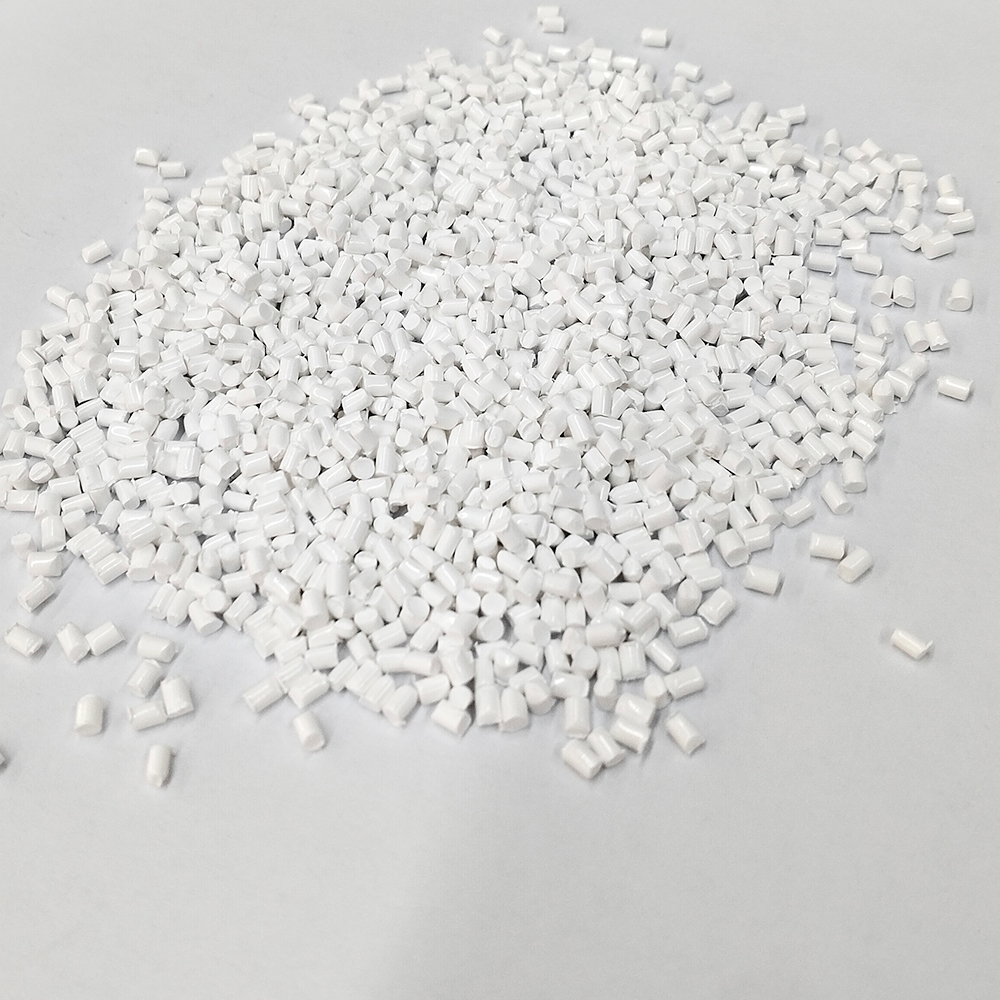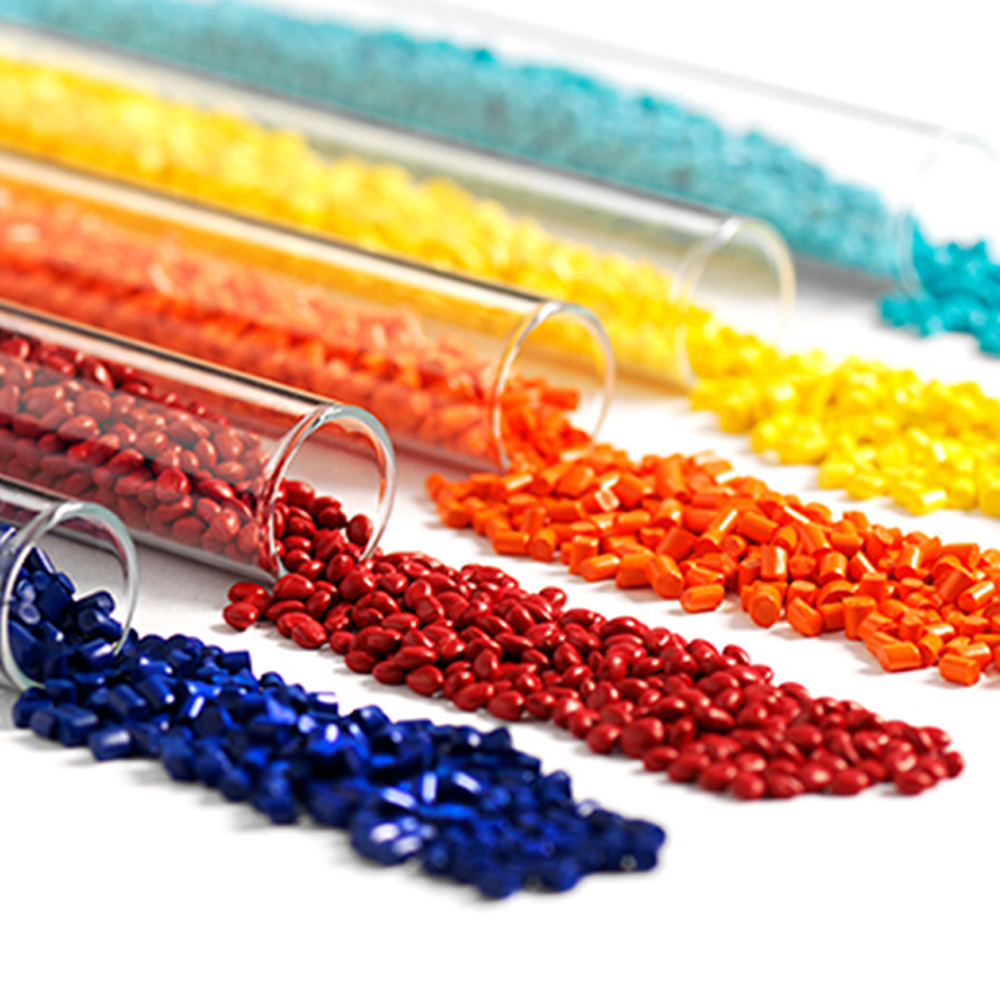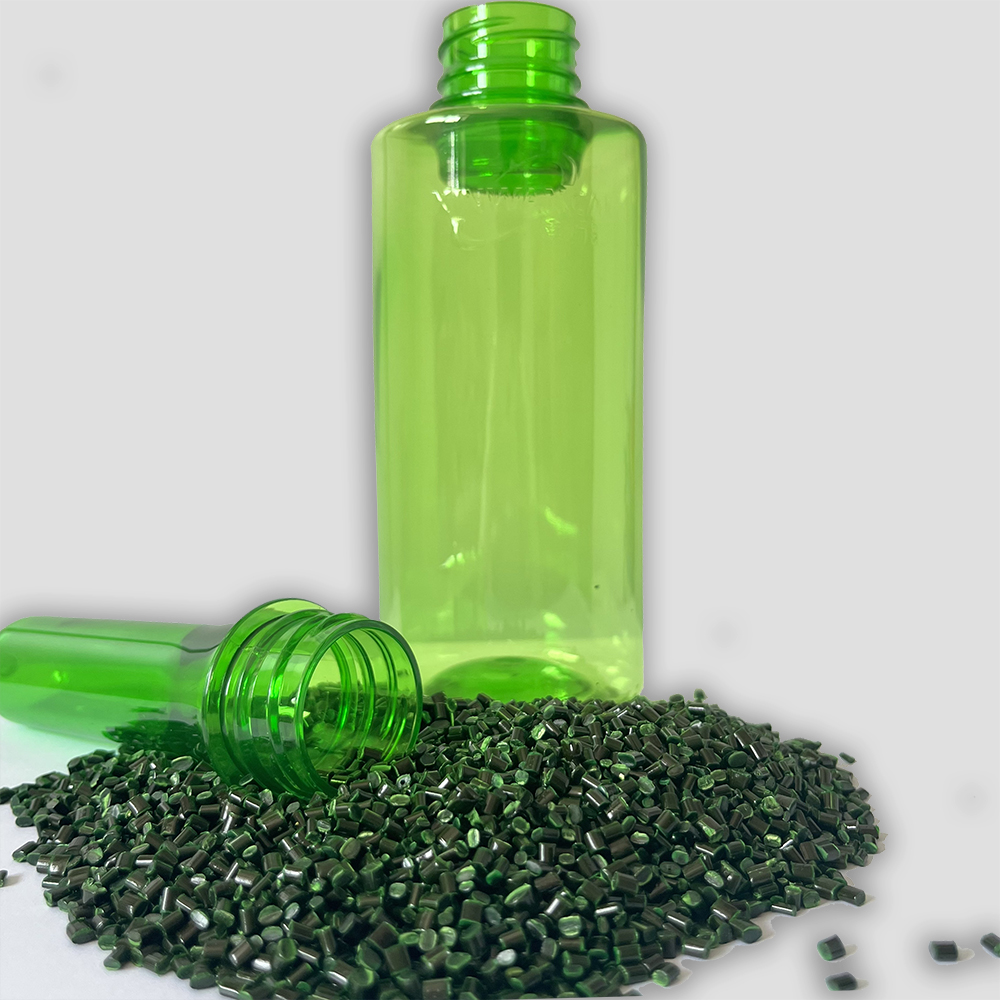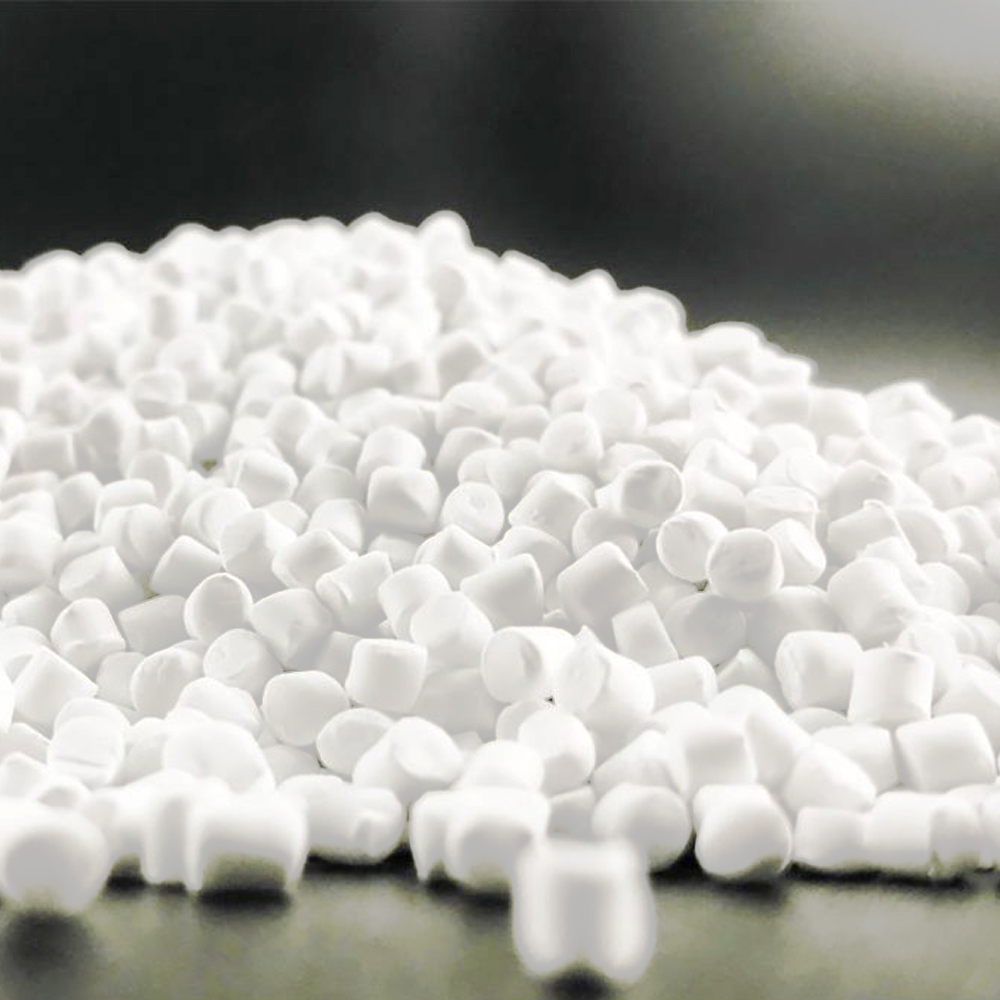Industries, expanding their operations, now require diverse resources and technologies to meet evolving demands efficiently. Filler masterbatch, a versatile compound comprising calcium carbonate, plastic resin, and customer-requested additives, has found widespread usage across major global industries. Primarily utilized to enhance stiffness, minimize shrinkage, reduce costs, bolster strength, and improve the overall appearance of final products, filler masterbatch plays a crucial role in multiple applications.
This compound is particularly valuable for filling plastic products, effectively replacing a portion of the virgin polymer, which tends to be more expensive. Notably, filler masterbatch is extensively employed in the packaging industry, especially in the production of films. Due to its granular nature, it seamlessly integrates with various ingredients, adapting to different production technologies and quality requirements, thus becoming an integral component in the packaging manufacturing process.
For the packaging industry, the application of filler masterbatch spans a spectrum of final products, including shopping bags, wrapping films, garbage bags, and roll bags. The composition of filler masterbatches varies based on the intended purpose of the final product. Several commonly used variants of filler masterbatches for the packaging industry include:
PE Filler Masterbatch
Comprising polyethylene, CaCO3, and additional additives, PE filler masterbatch is particularly well-suited for blow film production. Its superior mechanical properties, including ductility, impact strength, and low friction, make it ideal for applications such as shopping bags, garbage bags, and multi-layer films.
PP Filler Masterbatch
Composed of polypropylene resin, CaCO3, and other additives, PP filler masterbatch shares similarities with polyethylene but is slightly harder and more heat-resistant. Primarily used in PP woven sacks and non-woven products, it serves to minimize costs and environmental impact.
Transparent Masterbatch
A blend of barium sulfate, sodium sulfate, plasticizers, and additives, transparent masterbatch offers high luminosity and transparency, coupled with increased strength and durability. This variant is especially valuable in applications like packaging films, containers, bottles, and cans.
Bio-filler Masterbatch
Distinguishing itself from other filler masterbatches, the bio-filler variant is primarily composed of CaCO3 and bioplastic. With high tear resistance and increased longevity, it is well-suited for manufacturing disposable cutlery, boxes, and packaging films. Notably, this masterbatch aligns with environmental concerns, contributing to reduced production waste.
In the face of growing environmental awareness and concerns about plastic pollution, filler masterbatches emerge as a long-term, responsible solution for the packaging industry. Manufacturers can simultaneously address environmental responsibilities and organizational goals, meeting customer demands, maintaining efficiency, and achieving revenue targets. The versatility and adaptability of filler masterbatches make them indispensable in the pursuit of sustainable and efficient packaging solutions.




